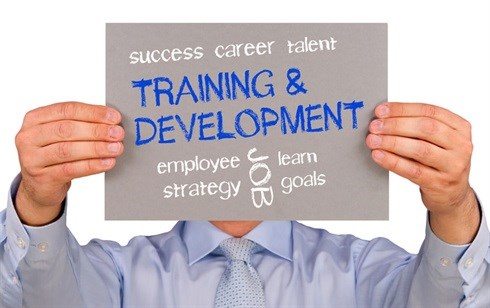
Top stories



Tourism & TravelCape Town turns summer into a sell-out as a new generation takes flight
Cape Town Tourism 1 day



More news















Dale Carnegie Training provides seven steps to improve employee performance through coaching. Using their coaching skills, managers are able to evaluate and address the developmental needs of their employees and help them select diverse experiences to gain the necessary skills.
There are six different ways to identify opportunities through performance coaching:
These different opportunities may arise due to a new need in the organisation, from taking on a new position that requires a new skill, taking on a project that requires a new skill or the opportunities can result from the outcomes for a performance review. There may be multiple opportunities that may arise for a team, prioritising these will become essential to not overwhelm employees. It is important to note who on the team will be best suited to take advantage of these opportunities.
One of the most important concepts in coaching is having a vision or goal in mind. Without that, people often lose sight of the importance of making the needed changes. How this picture is created is a central competent in the coaching process.
Once the opportunities are identified, it is important to determine the desired outcome once the gaps are filled. This step is essential in order to avoid confusion, misunderstanding or frustration for all involved. Individuals with a clear vision of what the result of coaching is, tend to move in that direction more efficiently. This way the goal is owned by both the coach and trainee to ensure that the motivation to achieve the goals are not lost.
This step is a critical part in order to coaching effectively, without this step, a coach will spend a great deal of time trying to overcome resistance by trainees.
Change is inevitable and often employees are not actually resisting change - they will only resist when they do not see the need, do not want to do it or believe that the change is impossible to achieve. Whenever people are asked to change without their buy-in, it creates resistance. Coaches need to create an atmosphere where employees are consistently motivated at high performance levels through effective leadership, communication, building trust and getting commitment for these individuals to complete the process with less fiction and disgruntlement.
In order for the performance coaching process to be successful, it is important that the appropriate resources are available including designating time for training, equipment, training information and upper level buy-in and support for the individuals.
Once the resources are in place and the correct skill set has been identified, explained and demonstrated, it is now time for the trainee to practice and apply what has been learned. In order for knowledge to evolve into a skill, it has to be practiced and perfected with the help of a coach. This practice will allow coaches to ascertain strengths and opportunities for improvement.
Making progress is one thing, but without a way to reinforce it and keep individuals encouraged to use it and not fall back to old habits, is the challenge. One of the biggest fallacies managers hold on to is the assumption that if people know how to do something, they will do it. People do not do what they know; they do what they have always done. Reinforcement when coaching can be done by empowering employees to get results, giving the right kind of feedback and handling non-performance issues.
One of the best ways to cement growth and progress is to reward it. What is rewarded gets repeated, what gets repeated becoming habit.
"Change in the workplace will always be uncomfortable for employees. That is why people often revert to former ways if reinforcement and rewards are not there. Habit is stronger than knowledge in any organisation. Performance coaching is collaboration between the coach and a trainee to up skill individual's for a relationship that is mutually beneficial," says Neville De Lucia, New Business Development Director at Dale Carnegie Training.